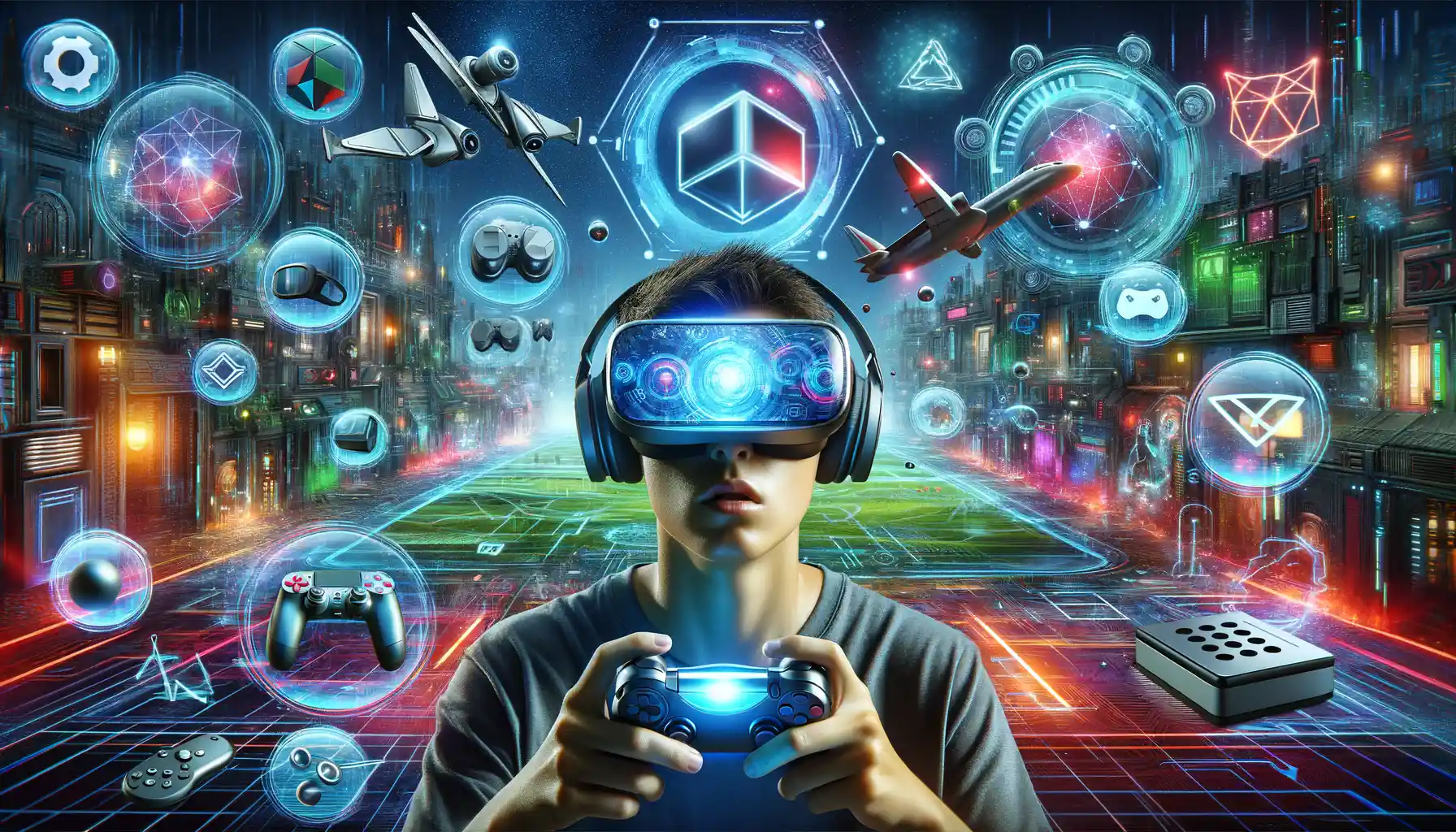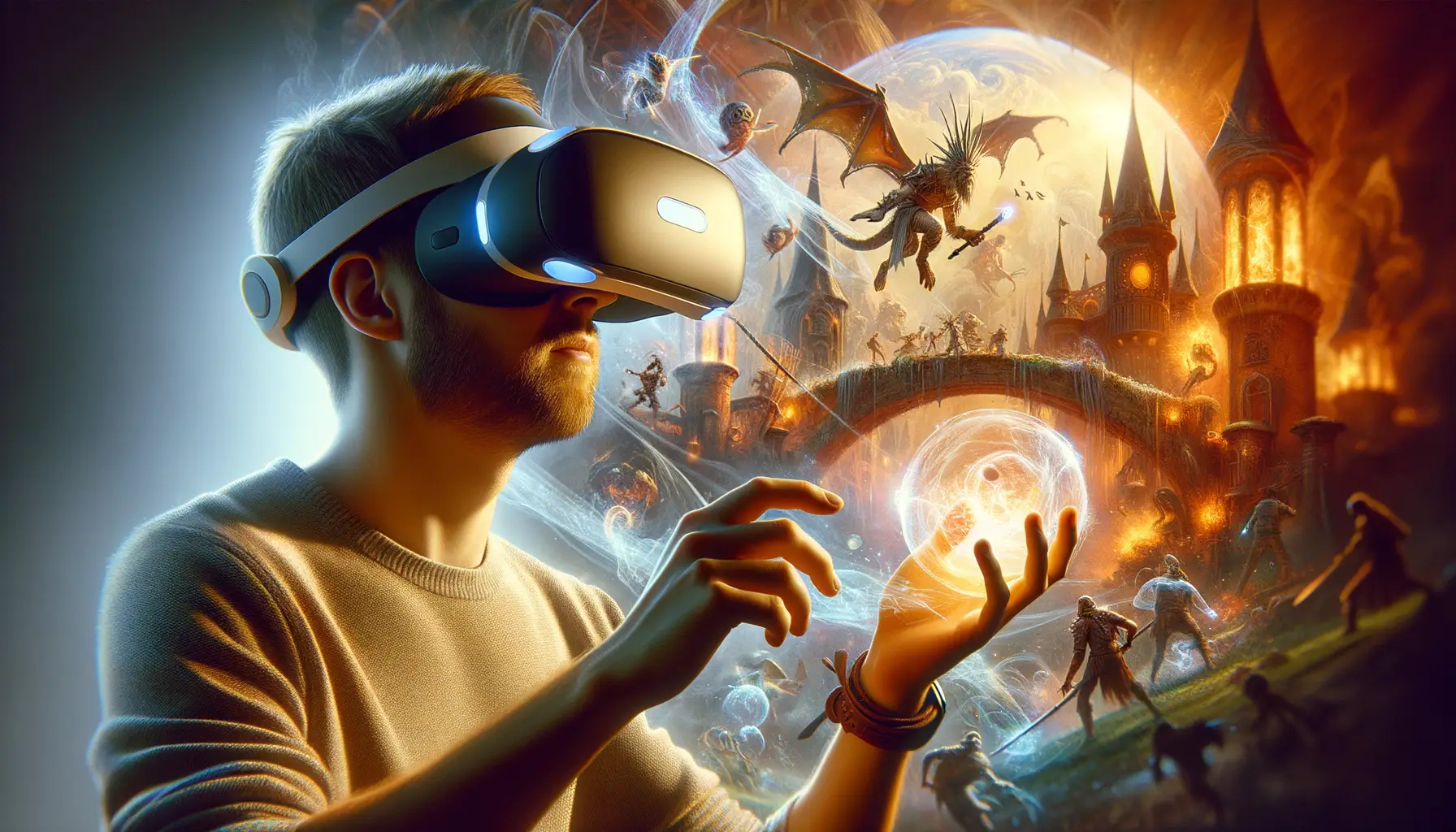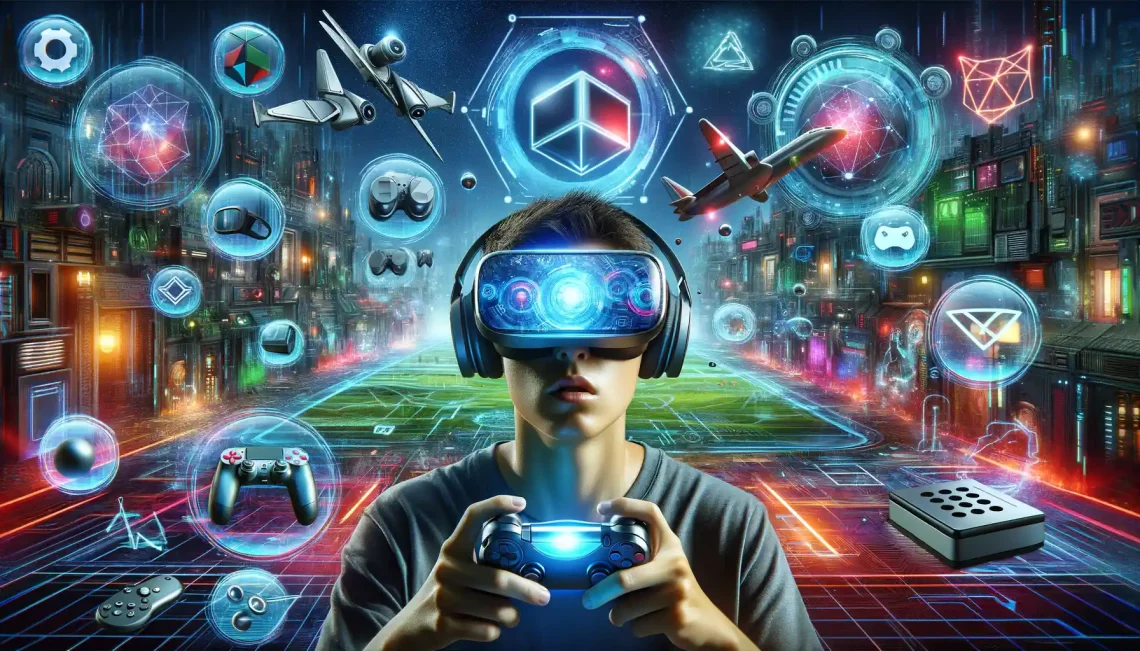Emerging Trends in Augmented Reality Mobile Gaming
The Rise of Social AR Gameplay
Have you ever imagined teaming up with your friends in a virtual scavenger hunt, where the clues pop out from your living room walls or favorite café window? That’s just one of the game-changing trends in mobile AR gaming. Social AR experiences are taking multiplayer gaming to the next level by blending the physical world with shared digital adventures.
Developers are diving deep into our love for connection by creating clever co-op challenges and competitive modes that require players to strategize, move around real-world locations, and even solve puzzles together in augmented environments. Picture Pokémon GO, but with your squad facing off against a dragon standing on your local park’s fountain. It’s like bringing a fantasy epic to your very own neighborhood!
- Geolocation-based team battles: Gamify your daily walks, transforming them into quests with allies.
- AR-streaming integrations: Share live gameplay moments with online communities, letting the whole world cheer you on.
What’s so special? It’s not just about the tech; it’s about how these games pull us into alternate realities while keeping us grounded—and connected—in the real one.
Immersive Storytelling with Spatial Mapping
Here’s where AR gaming gets almost magical: spatial mapping. You’re no longer confined to a screen; instead, stories unfold all around you, directly interacting with the contours of your environment. Walking into your room, you might see a haunted ghost flicker past your mirror or an ancient treasure map projected onto your kitchen counter.
This innovation allows developers to craft narratives that adapt to your unique surroundings. Imagine a mystery game where vital clues only appear if you peek behind your couch or interact with your bookshelf. It’s not just a game—it’s a personal experience tailored to *your* space.
With AR and spatial technology joining forces, the boundary between the digital and physical is vanishing. And honestly? Isn’t that the kind of magic we’ve always dreamed of?
Technological Advancements Shaping AR in Gaming

How Cutting-Edge Tech is Powering AR Gaming
From turning your living room into a medieval battlefield to making friendly monsters dance on your kitchen table, the magic of augmented reality in gaming isn’t just wishful thinking—it’s powered by ground-breaking technologies. Let’s dive into what’s making this sorcery possible.
First up, we’ve got the ever-evolving capabilities of AR-enabled devices. Your smartphone or tablet is no longer just a communication tool; it’s a portal. With advanced cameras, sensors, and processors, these gadgets can scan real-world environments instantly, mapping your surroundings with pixel-perfect precision. The result? Games that feel alive.
Then there’s the unsung hero: 5G connectivity. No one wants to see their epic AR race car freeze mid-turn because of lag, right? With blazing-fast 5G speeds, gameplay stays seamless, whether you’re exploring alien planets at home or dueling wizards on your morning walk.
- Artificial Intelligence (AI) now takes AR worlds to the next level. NPCs (non-playable characters) don’t just react—they anticipate, growing smarter every time you play.
- Spatial computing ensures every move you make—jumping, dodging, or simply turning your head—fits perfectly into the AR realm, as if the game truly exists in your world.
Imagine blending these technologies for immersive experiences—like summoning an AR dragon that not only flies but seamlessly avoids your furniture while breathing fire! It’s the stuff dreams are made of, elevated by innovation.
The Impact of AR on Player Engagement and Immersion

How AR Transforms Gaming into Living, Breathing Worlds
Imagine reaching out to catch a dragon spiraling through your living room or dodging a virtual asteroid hurtling toward you as you sip coffee at your favorite café. With augmented reality (AR), such experiences leap from fantasy to reality. By blending the digital and physical realms, AR has redefined what it means to feel *truly* immersed in a game.
Player engagement skyrockets when the game exists within their surroundings. It’s no longer about controlling avatars on a screen; now, *you* are the hero, navigating your kitchen-turned-battlefield or solving riddles projected onto your office walls. This personalized interaction creates a sense of ownership over the game’s world—one uniquely tailored to your life.
- Interactivity: AR rewards your movements, curiosity, and creativity, turning everyday spaces into evolving challenges.
- Social engagement: Multiplayer AR games let you collaborate—or compete—with friends in shared physical locations, amplifying the fun and connection.
More than just visuals, the magic lies in how AR enhances storytelling, makes puzzles feel tangible, and transforms an ordinary day into something extraordinary. It’s not just gaming—it’s a slice of adventure layered over your very reality.
Challenges Facing AR Adoption in Mobile Games

Why Some Gamers Aren’t Quite Ready for AR
Let’s be real—while the idea of blending your living room with a dragon-filled quest sounds thrilling, the path to making that dream a reality is littered with challenges. One big hurdle? Accessibility. Sure, AR games like Pokémon GO proved AR’s potential, but they also revealed a stark truth: not every player has the top-tier phone or stable internet connection needed to fully enjoy these experiences.
And let’s talk comfort. Imagine holding up your phone for minutes on end just to hunt down a virtual treasure chest—or pivoting like a spinning top to face an enemy sneaking up behind you. Exhausting, right?
Tech Meets Budget: A Tricky Balancing Act
The cost of development is another beast entirely. Crafting immersive AR worlds isn’t cheap, and many studios shy away from the investment. Why? Because the audience isn’t quite there yet.
Issues like:
- Device compatibility: Not everyone has the latest iPhone or Android model.
- Battery drain: AR gaming can guzzle power faster than your favorite streaming app.
- Lack of physical space: Try maneuvering around your tiny apartment while dodging orcs—it’s far from ideal!
Until these hurdles are addressed, AR in gaming remains an uneven playing field, promising much but delivering inconsistently.
Predictions for the Future of AR in Mobile Gaming

How AR Will Revolutionize Mobile Gaming Worlds
Picture this: you’re not just playing a game on your phone; you’re stepping into a living, breathing dimension where your surroundings blend seamlessly with fantastical elements. The future of augmented reality in mobile gaming is like opening Pandora’s box—but instead of chaos, it unleashes creativity.
Soon, games won’t just be something you play—they’ll be something you live. Imagine hunting mythical beasts that appear through your living room walls or teaming up with friends to solve puzzles scattered across your city. AR will transform every location, from your backyard to your favorite café, into interactive playgrounds. No two experiences will ever feel the same!
- Spatial storytelling: Developers will weave narratives into real-world spaces, making your neighborhood part of the plot.
- AI-driven NPCs: Characters might “follow” you on your everyday errands, learning your habits and adapting their interactions.
The feedback loop between players and creators will tighten too. Games could evolve in real-time based on your preferences—think new levels popping up as you explore. The boundary between reality and imagination? It might just vanish entirely.






